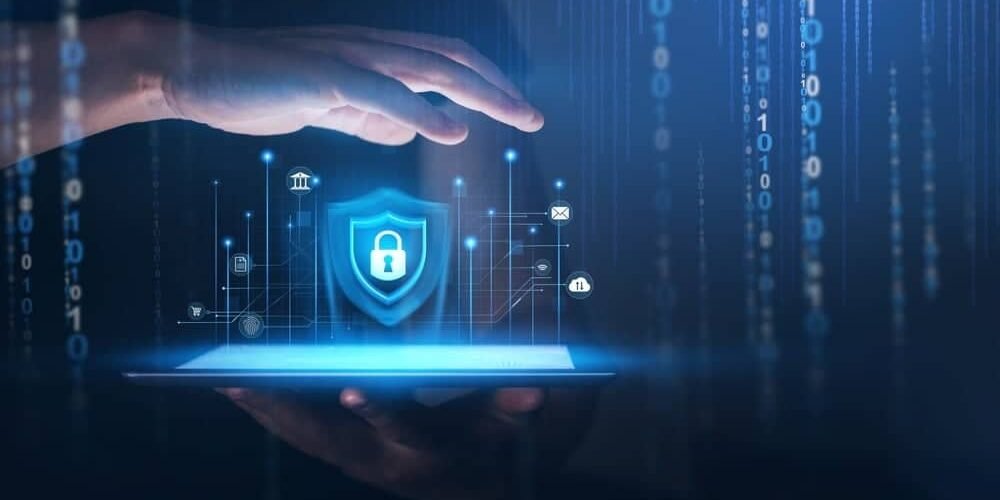In today’s digital landscape, where technology plays a critical role in business operations, organizations must prioritize cybersecurity to protect their valuable assets. Enterprise Asset Management (EAM) systems, which encompass the management of physical and digital assets, present unique challenges when it comes to safeguarding sensitive information. The interconnected nature of EAM systems exposes them to various cybersecurity risks, such as data breaches, unauthorized access, and system disruptions. This article will explore key cybersecurity considerations that businesses should keep in mind while implementing and managing EAM systems.
Understanding Enterprise Asset Management (EAM)
Enterprise Asset Management involves the entire lifecycle of an organization’s assets, from acquisition to disposal. It encompasses processes such as asset planning, maintenance, tracking, and optimization. EAM systems provide a centralized platform for managing assets, streamlining operations, and maximizing efficiency.
The Significance of Cybersecurity in EAM
Cybersecurity is crucial in EAM systems to protect against unauthorized access, data breaches, and potential disruptions that can have severe financial and reputational consequences. The sensitive nature of asset-related data makes EAM systems attractive targets for cybercriminals. Hence, it is crucial for businesses to give utmost importance to the adoption of comprehensive security protocols.
Threats and Vulnerabilities in EAM
EAM systems face a variety of threats and vulnerabilities that need to be addressed effectively. These include insider threats, external attacks, outdated software, weak access controls, lack of encryption, and poor system configuration. Organizations must proactively identify and mitigate these risks to maintain the integrity and confidentiality of their assets.
Best Practices for Cybersecurity in EAM
To enhance cybersecurity in EAM systems, organizations should adopt the following best practices:
- Implementing Robust Authentication and Access Controls
Strong authentication mechanisms, such as two-factor authentication, should be enforced to verify the identity of users accessing EAM systems. Access controls should be granular, ensuring that users only have the necessary permissions to perform their specific tasks.
- Regular Software Updates and Patch Management
Keeping EAM software up to date is crucial for addressing vulnerabilities and weaknesses identified in previous versions. Organizations should establish a well-defined patch management process to ensure that security updates are promptly applied to mitigate potential risks.
- Data Encryption and Backup Strategies
Sensitive data within EAM systems should be encrypted both at rest and in transit. Encryption provides an additional layer of protection, making it significantly harder for unauthorized individuals to access and decipher the information. Regular backups should also be performed to prevent data loss in the event of a security incident.
- Conducting Regular Security Audits and Assessments
Periodic security audits and assessments should be conducted to identify any vulnerabilities or weaknesses in the EAM system. These assessments should cover areas such as network infrastructure, access controls, data storage, and user privileges. Addressing these vulnerabilities promptly reduces the risk of exploitation by malicious actors.
- Employee Training and Awareness Programs
Employees play a vital role in maintaining cybersecurity. Organizations should invest in comprehensive training and awareness programs to educate employees about best practices, such as recognizing phishing emails, creating strong passwords, and reporting suspicious activities. Regular training sessions and simulated phishing exercises help reinforce cybersecurity awareness.
As enterprises increasingly rely on EAM systems to manage their valuable assets, cybersecurity becomes an indispensable aspect of their operations. By implementing robust authentication and access controls, regularly updating software, encrypting data, conducting security audits, and providing employee training, organizations can significantly enhance their cybersecurity posture. Proactive measures will help protect sensitive information, prevent costly data breaches, and ensure the smooth functioning of EAM systems.








